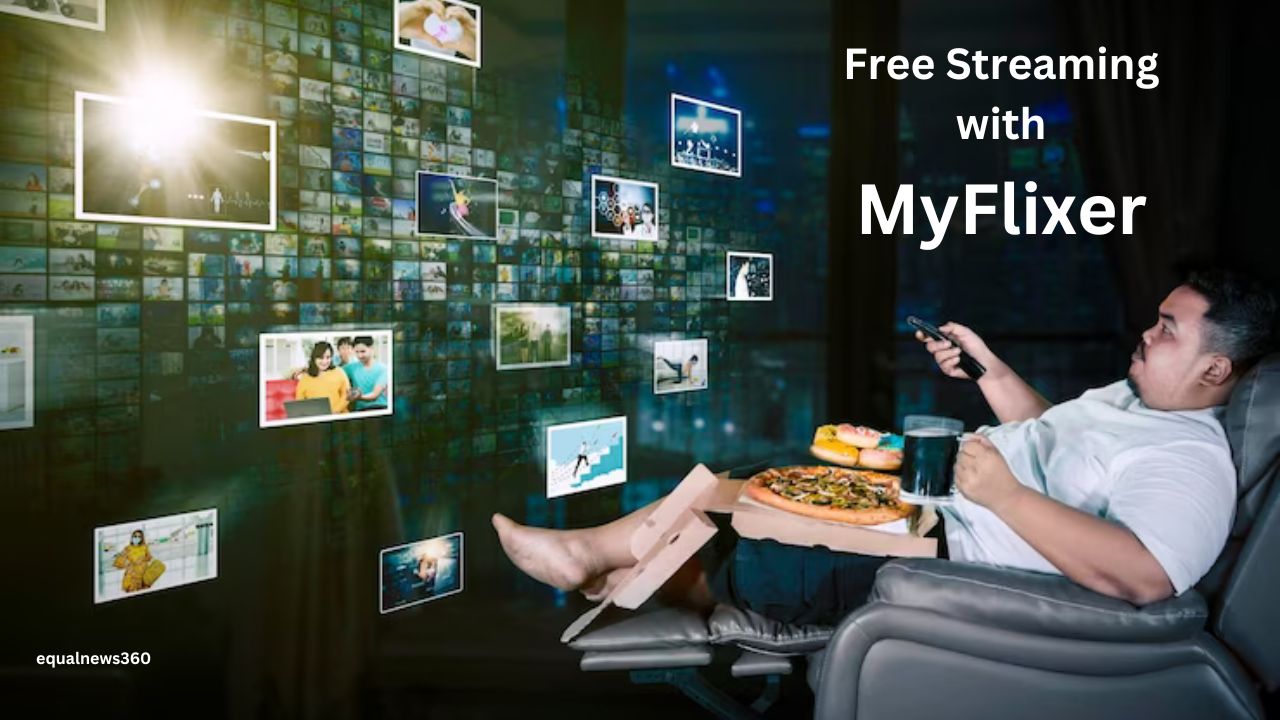Lights, camera, action! Cinema has a magical way of transporting us to different worlds, evoking emotions we never knew existed and sparking conversations that can change the course of history. From heartwarming romances to spine-chilling thrillers, every film has the power to captivate our imaginations and leave an indelible mark on society.
In this blog post, we dive deep into the enchanting world of cinema with insights from xm9viesforyou. Get ready to unravel the secrets behind your favorite films as we explore the role of filmmakers in creating a cinematic experience that leaves audiences craving for more. So grab your popcorn and let’s embark on this exhilarating journey behind-the-scenes!
The Role of Filmmakers in Creating a Cinematic Experience
Filmmakers are the visionary architects who shape the entire cinematic experience. They hold the power to transport us into different worlds, evoke emotions, and challenge our perspectives. With their creative prowess, they breathe life into stories and characters that captivate audiences.
One of the most critical roles filmmakers play is crafting a compelling narrative. They meticulously weave together plotlines, character arcs, and themes to create a cohesive story that resonates with viewers long after they’ve left the theater. Through their storytelling techniques, filmmakers can make us laugh, cry, or even question our own beliefs.
In addition to storytelling, filmmakers also oversee every aspect of production – from pre-production planning to post-production editing. They collaborate with cinematographers to capture stunning visuals that enhance the mood and atmosphere of a film. Lighting choices can create dramatic shadows or warm tones that heighten emotional impact.
Furthermore, filmmakers work closely with editors in post-production to piece together scenes cohesively while maintaining pacing and rhythm. They carefully select shots and decide on camera angles that best convey their intended message.
Sound design plays an integral role in enhancing the cinematic experience as well. Filmmakers collaborate with sound designers and composers to create soundscapes that immerse viewers deeper into a film’s world. From subtle background noises to booming scores, these elements intensify emotions felt by audiences during pivotal moments.
It is through the collective efforts of filmmakers that we can indulge in extraordinary tales brought vividly before our eyes on screen! Their passion for storytelling drives them towards achieving excellence in every aspect of filmmaking – whether it be directing actors or orchestrating complex action sequences!
Without filmmakers’ dedication and artistic vision, xm9viesforyou would not exist! It is their commitment to creating memorable experiences for viewers like you that fuels this magical medium called cinema! So next time you find yourself lost in a captivating movie remember how much work goes behind the scenes to bring those moments of magic to life!
Behind-the-Scenes Look at the Making of a Film
Lights! Camera! Action! These three words are synonymous with the glamorous world of cinema. But have you ever wondered what goes on behind the scenes to bring those jaw-dropping movies to life? Let’s take a peek into the fascinating process of making a film.
It all starts with an idea, a spark that ignites the creative minds of filmmakers. From there, scripts are written, characters are developed, and storyboards are sketched out to give shape to the vision.
Once everything is in place, it’s time for casting. This is where the magic truly begins. The perfect actors must be chosen to embody each character and breathe life into them on screen. It’s no easy task, as every role requires someone who can capture its essence and captivate audiences.
With casting complete, attention turns towards creating the visual world in which our story unfolds. Set designers work meticulously to build stunning sets that transport us from reality to fantasy or recreate historical periods down to every last detail. Meanwhile, costume designers meticulously select outfits that reflect each character’s personality and enhance their portrayal.
But what about those mind-blowing special effects we see on screen? Enter CGI (Computer Generated Imagery) and other technological marvels that allow filmmakers to push boundaries and create worlds beyond our imagination. From futuristic cities to mythical creatures, these effects add an extra layer of awe-inspiring spectacle.
And let’s not forget about sound—the unsung hero of cinema. Whether it’s subtle background music or thunderous explosions, sound engineers work tirelessly behind the scenes using cutting-edge techniques to enhance emotions and immerse us deeper into the story being told.
Every aspect of filmmaking comes together like pieces in a puzzle—each one essential for crafting a truly captivating cinematic experience for viewers around the globe.
The Art of Casting: Choosing the Perfect Actors for a Movie
Casting is an essential aspect of filmmaking that can make or break a movie. It involves selecting actors who will bring the characters to life and captivate audiences with their performances. The process may seem simple, but it requires careful consideration and expertise.
Casting directors must understand the vision of the film and the traits required for each character. They analyze scripts, create character breakdowns, and envision how these roles should be portrayed on screen. From there, they begin searching for actors who fit these criteria.
Auditions play a crucial role in casting as they give actors a chance to showcase their talent and demonstrate their ability to embody a particular character. During auditions, directors observe not only acting skills but also the chemistry between potential co-stars.
It’s important to note that casting is not limited to finding well-known actors; sometimes discovering fresh faces brings authenticity and relatability to a film. These hidden gems can surprise both filmmakers and audiences alike with their raw talent.
Additionally, diversity in casting has become increasingly crucial in today’s cinema landscape. Representing different cultures, ethnicities, genders, ages, and abilities – creates richer storytelling experiences that resonate with diverse viewership.
Choosing the perfect actor goes beyond simply considering their looks or popularity; it involves finding someone who can truly inhabit the essence of a character – someone who can evoke emotions effortlessly onscreen.
The Importance of Set Design and Costumes in Creating a Visual World
When it comes to creating a visual world on the big screen, set design and costumes play a crucial role in transporting viewers into the story. From grand castles to futuristic spaceships, these elements help bring the director’s vision to life and immerse audiences in the film’s universe.
Set design is more than just building physical structures. It involves meticulous planning, attention to detail, and thoughtful creativity. Set designers work closely with directors and production teams to create unique environments that reflect the mood, era, or theme of the movie. Whether it’s recreating historical landmarks or constructing fantastical realms from scratch, every set tells a story within itself.
Costumes are another essential aspect of cinematic storytelling. They not only serve as visual indicators of a character’s personality but also provide insights into their background and motives. Costume designers meticulously research different periods or cultures to ensure accuracy while adding their creative flair. The perfect costume can transform an actor into their character completely, helping them embody their role convincingly.
Both set design and costumes contribute significantly to world-building in cinema by creating visually stunning landscapes that captivate our imagination. They transport us beyond our reality and allow us to experience different worlds through captivating visuals alone.
Special Effects and CGI: How They Bring Imagination to Life on Screen
When we watch a movie, we often find ourselves transported to extraordinary worlds filled with breathtaking visuals and jaw-dropping action sequences. Behind the magic of these incredible scenes lies the art of special effects and computer-generated imagery (CGI), which play a paramount role in bringing imagination to life on screen.
Through the wizardry of special effects, filmmakers can create fantastical creatures, epic battles, and mind-bending landscapes that captivate our senses. From massive explosions to gravity-defying stunts, these visual spectacles leave us in awe and keep us glued to our seats.
CGI takes this enchantment a step further by seamlessly integrating computer-generated elements into live-action footage. This technology allows filmmakers to achieve what was once considered impossible – from lifelike dinosaurs roaming the earth in “Jurassic Park” to superheroes soaring through city skylines in “The Avengers”.
But it’s not just about creating eye-catching visuals; special effects and CGI are also used as storytelling tools. Through subtle manipulation or grand displays, they evoke emotions within us – fear, joy, wonder – enhancing our cinematic experience.
Behind every scene featuring these technical marvels is an army of talented artists who meticulously craft each frame. Their dedication shines through as they meticulously render intricate details such as texture, lighting, and movement.
However seamless their work may appear onscreen, achieving such realism isn’t without challenges. It requires countless hours of rendering time along with constant technological advancements pushing the boundaries of what’s possible.
Music and Sound in Film: Enhancing Emotions and
When it comes to the magic of cinema, music, and sound play a crucial role in enhancing emotions and creating a lasting impact on the audience. From heart-pounding scores that elevate suspense to soul-stirring melodies that evoke deep emotions, the right blend of music and sound can truly transport viewers into another world.
In filmmaking, composers work closely with directors to bring their vision to life through music. They carefully select instruments, tones, and rhythms that complement each scene, heightening its emotional impact. Whether it’s an epic battle sequence or a tender romantic moment, the power of music lies in its ability to communicate feelings beyond words.
Sound design is equally important in creating an immersive cinematic experience. It involves capturing or creating sounds that enhance realism or add depth to a scene. Foley artists meticulously recreate every day sounds like footsteps or door creaks in post-production to make scenes feel more authentic. Additionally, sound effects help create tension, build suspense, or provide comic relief at just the right moments.
Imagine watching your favorite action film without explosive gunshots or car crashes! The absence of these dynamic sound elements would significantly diminish the overall experience. The careful balance between dialogue, background noise, and ambient sounds creates an auditory tapestry that enhances storytelling while immersing audiences in the filmmaker’s intended world.
Moreover, a well-crafted soundtrack can leave a lasting impression long after you’ve left the theater. How many times have you found yourself humming along to iconic movie themes? Music has this incredible power not only to transport us back into specific scenes but also to trigger vivid memories associated with those films.


 ENTERTAINMENT5 months ago
ENTERTAINMENT5 months ago
 FASHION7 months ago
FASHION7 months ago
 TRAVEL6 months ago
TRAVEL6 months ago
 NEWS7 months ago
NEWS7 months ago
 BUSINESS7 months ago
BUSINESS7 months ago
 FASHION5 months ago
FASHION5 months ago
 ENTERTAINMENT5 months ago
ENTERTAINMENT5 months ago
 TECH7 months ago
TECH7 months ago




